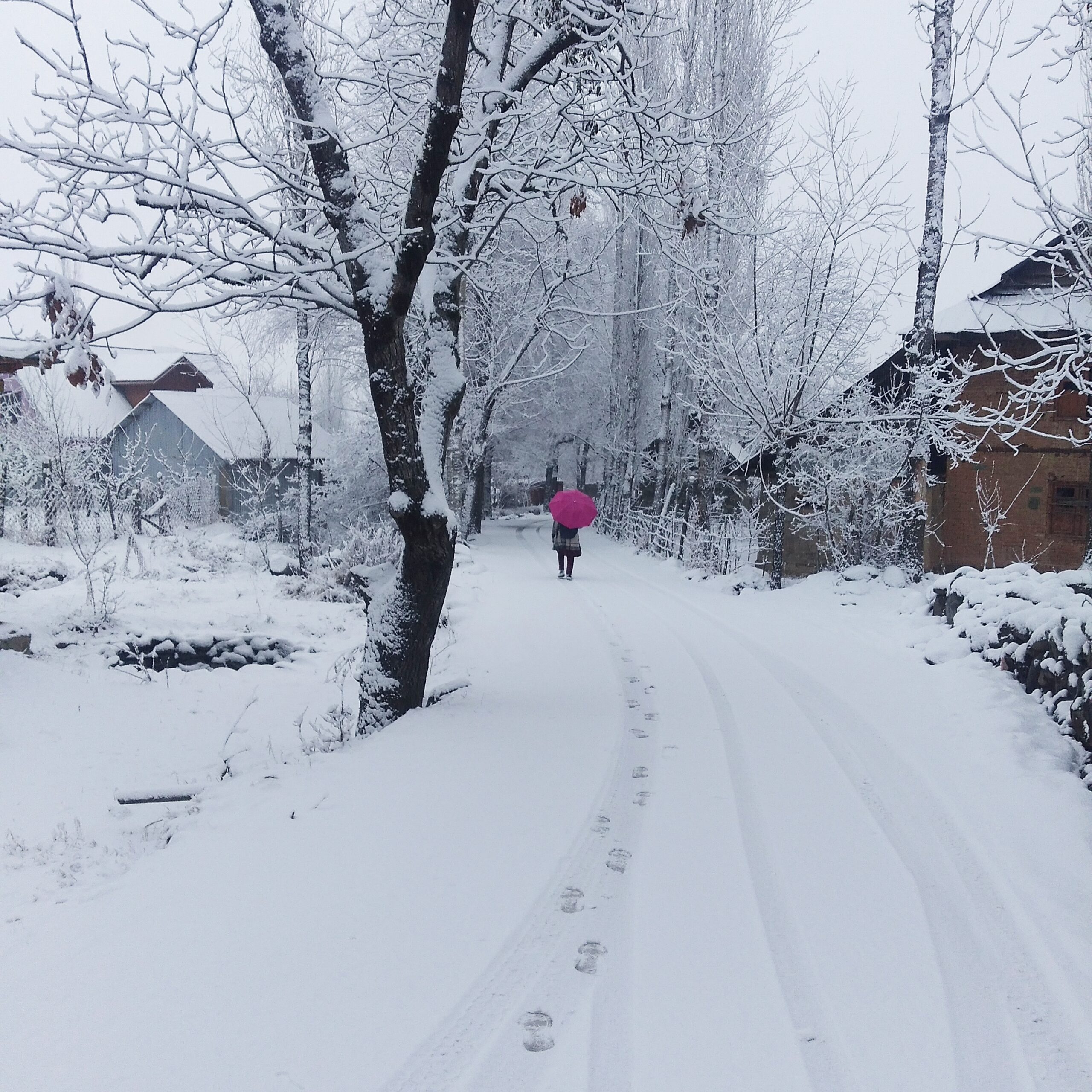Shabir Ahmad Mir’s new work The Last Knot is a bold experiment in Kashmiri fiction. It fuses folklore, history, and allegory to create a narrative that feels both timeless and urgently relevant. Set in nineteenth-century Kashmir under Dogra rule, the novel follows a carpet-weaver who dreams of crafting a flying carpet, which is not merely an object of fantasy, but a symbol of freedom, transcendence, and resistance to the harsh realities of his world.
Mir’s prose is rich and atmospheric, turning the landscape into something almost animate. In its universe, the fort at Haer Parbat looms like a vulture, the lake mirrors the sky with uncanny stillness, the mountains seem to watch the unfolding human drama. These descriptions are not decorative but thematic, underscoring the weight of history pressing down on the characters. The writing asks readers to slow down and absorb every texture to immerse in it through the rough weave of the carpet, the cold stone of the fortress, and the quiet dread that runs through the streets.
The narrative structure reflects like the weaver’s loom: threads intersect, repeat, and form intricate patterns. Mir does not tell the story in a straight line. Time bends and folds, myth and reality blur. Encounters with figures like Abli Bab, the dyer, and Heemal are presented as fragments of a larger pattern, leaving readers to stitch them together. This non-linearity can be demanding, but it creates a sense of inevitability, as though the characters are caught in a cycle larger than themselves.
At its core, the novel is about aspiration under constraint. The weaver’s dream of a flying carpet becomes a metaphor for imagining freedom when one’s life is tightly controlled. Every step toward the carpet’s completion feels like an act of defiance, an attempt to break away from patterns imposed by craft-masters and rulers. Whether the carpet flies or not becomes secondary, but the act of dreaming is itself transformative.
Mir resists easy resolutions. The ending remains open, denying the reader a neat conclusion. This refusal is deliberate – the “knot” of the title remains partly tied, echoing the unresolved nature of Kashmir’s own history. For some readers, this ambiguity will be part of the novel’s appeal, for others, it may be frustrating. Characters often speak through silence, and their motivations are left suggestive rather than explicit.
This turn toward myth and allegory represents an important development in Kashmiri fiction. Much of the region’s modern writing has been grounded in social realist narratives. The Last Knot offers something different. However, the story remains loyal to a re-imagining of history through an oral tradition, where legend becomes a way to process collective memory. Mir’s approach does not romanticize the past but re-frames it. It gives a fresh voice to the longings of ordinary people.
The novel also places Kashmiri literature in conversation with global traditions of mythic realism and allegorical fiction. Yet Mir’s work remains rooted in the Kashmiri idiom, drawing on local storytelling rhythms and cultural motifs. The result feels neither borrowed nor derivative but a distinctly regional innovation. Thus, the book is a sign of a literature stretching into new territory.
If the book has a weakness, it lies in its density. The symbolic weight can feel heavy, and the non-linear form may disorient those seeking a more conventional story. But Mir seems to embrace this difficulty, turning the reading experience itself into a kind of untying, slow, meticulous, and ultimately rewarding.
The Last Knot by Shabir Ahmad Mir is an intriguing novel giving myths and memory equal footing with real history, thereby exploring the magical in fiction.
Naveed Qazi is an author of eleven books, and for feedback can be mailed at naveedqazi@live.com






